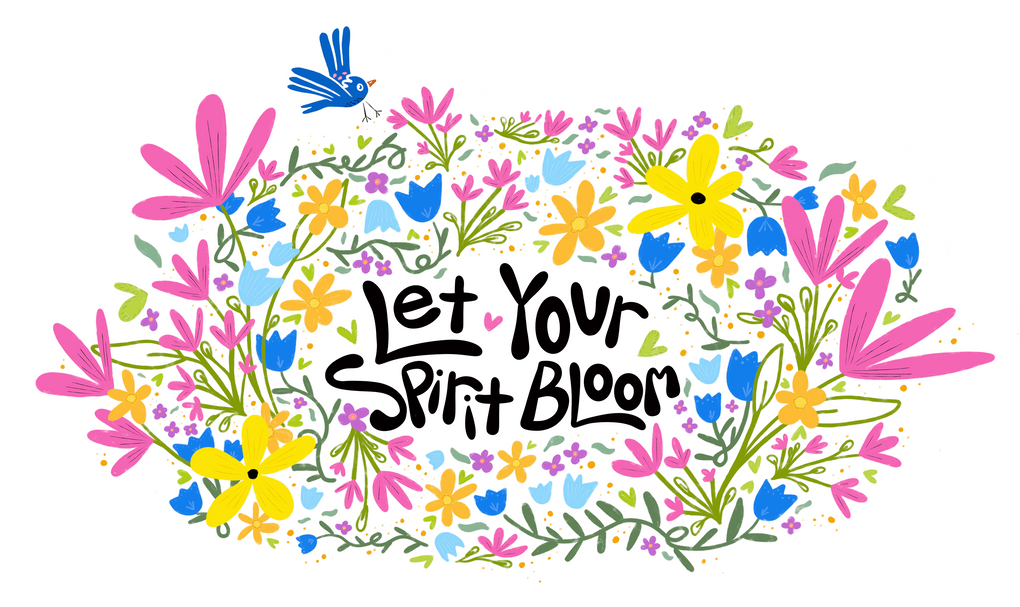5 Easy Ways You Can Help Pollinators This Month and All Summer Long

Pollinator Week 2024 is June 17-23, and June is National Pollinator Month. Now more than ever, pollinators need your help! Here are 5 easy ways you can help out this month and all summer long.
But first, let’s get clear about what a pollinator is. Most people think of bees, but there are so many more creatures you might never have guessed were pollinators. Did you know there are more than 350,000 species of pollinators including bees, butterflies, moths, mosquitoes, birds, reptiles, lizards, bats, squirrels, and mice? (1)
These creatures may be small, but they play a crucial part in our lives. They are critical to the growth of flowering vegetation, which makes up most of the vegetation on our planet. Without these plants, we wouldn’t be able to live.
Plants help us by:
- producing oxygen for us to breathe
- filtering and cleaning our air and water
- contributing moisture into the atmosphere which becomes rain
- stabilizing the soil which prevents erosions and protects us from floods
- helping us fight climate change by sequestering carbon into the soil through photosynthesis
The balance between humans, plants, and pollinators is crucial to our survival. Did you know that our dependence on pollinators has tripled in the last fifty years, and it’s estimated that 1 in every 3 bites of food we eat is possible because of pollinators? (2) Thanks, little dudes! 😋
Now that you know what a pollinator is and why they are so important, let’s get to the 5 easy ways you can help them survive and thrive!

1. Plant Wildflowers to Help Pollinators Thrive
You don’t need to live in the country to grow wildflowers that will help your little pollinating friends thrive. You can plant wildflowers in containers on your fire escape, in a courtyard, in your yard, in window boxes, or community gardens.
These creatures often need waystations to survive between larger areas of vegetation. (3) A bloom here and there can give them much-needed rest and provide beauty to you too!
Here at UpRoot Design Studio we offer a variety of wildflower seed packs, seed bombs, flower growing kits, & mindful garden sets that you can plant to attract beneficial pollinators like bees, butterflies & hummingbirds.
2. Buy From Local Organic Farmers
When you support local organic farmers by buying safe, healthy, and delicious honey, herbs, flowers, and food, you are also giving pollinators a safe and toxin-free habitat. Environmental contaminants from insecticides and pesticides sprayed on crops contribute to the decline of many species of pollinators.
And when you buy local and organic, you’re creating demand for local organic products that justifies USDA funding and support to help these climate-friendly farmers stay in business. (4) While you’re shopping, don’t forget to bring your reusable tote bag and keep plastic out of the environment too. We offer beautiful organic and sustainable tote bags for your next shopping trip.
3. Turn Off Your Lights
Not all pollinators are active during the day. Nocturnal pollinators such as bats, moths, and beetles are attracted to flowers that are pale and white and only bloom at night. Artificial lighting can interfere with their ability to detect blooms. (5)
By turning out your lights, you also lower your electric bill. Why not opt for a cozy space lit by candlelight with one of our scented soy candles?
4. Provide a Drinking Station
Butterflies and bees need water just like we do. Bees use water to help with digestion, manage the consistency of honey, cool down their hive, and make bee-baby food, called "royal jelly." (6)
To make a bee bath, put a water-safe dish in a protected, shady spot. Add a few river stones into the dish and add just enough water so that the tops of the stones are not submerged. Change the water daily and clean the bee bath weekly.
And while your bees are sipping cool water from the drinking station, why not offer them a place to stay? Check out our recycled wine bottle bee hotel to make your backyard an oasis for native bees!
5. Avoid Using Toxic Pesticides and Fertilizers on Your Lawn or Garden
Chemicals used on your lawn or garden are toxic to the pollinators, and the plants they help to grow. Even “natural” pesticides can be harmful to these little creatures.
Instead, try planting flowering plants like borage, coneflower, and marigold to attract beneficial insects like ladybugs -- who will munch on other plant-destroying bugs. You can also try companion planting with helpful pairings of plants close together, like planting tomatoes near basil to repel thrips and moths (who lay tomato hornworms), or nasturtiums near kale or cabbage to lure away caterpillars. Flowers like calendula and nasturtiums can also repel or trap garden-harming insects like whiteflies, squash bugs, and cabbage loopers. (7)
Our seed bombs and flower garden kits can help you add beneficial flowers to your area, while also making life colorful!

All in all, supporting pollinators couldn’t be easier. Pick one, two, or even all 5 ways to help support pollinators during National Pollinator Month, and all summer long! "Bee" sure to check out our “Celebrate Pollinators” collection of items, all designed to help you spread pollinator love and awareness, and take action today to protect these crucial creatures. 🐝
SOURCES:


